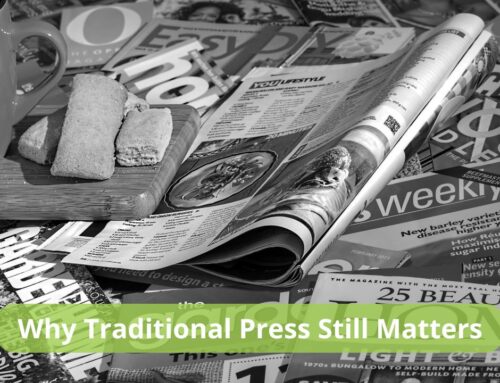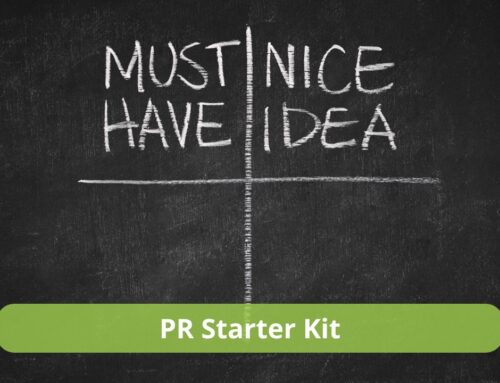Who doesn’t like seeing their name in print?
That’s what I thought! Remember just like with television, before you pitch you have to be able to answer the questions: Why should the media care? And why should the media care now? Once you get those down you’re ready to reach out to them.
Here are 5 tips to remember when pitching print outlets:
Get familiar — Read the magazines you want to be in to understand their specific approach to journalism and how they serve their audience and their advertisers. As with newspapers, you will want to familiarize yourself with which editors and writers cover various topics or write certain features. Most national magazines have regular staff writers, but some also use the work of well-known freelancers and guest editors.
Think “news you can use” — Tips on managing money and time, staying healthy and having great relationships — health, wealth and love (including relationships, sex and parenting issues) — are the universal issues that never fail to grab the media’s attention.
Know their schedule — Remember that monthly magazines work three to six months in advance. So if you have a topic that is relevant for springtime, fall is the time to start pitching. Virtually all print media today have online editions that can use material on shorter lead times than the content that appears in the hard copy.
Find them online — Many magazines even have separate online content desks. So just as you read the publisher information in the print version of your favorite magazines, carefully read the magazine’s website for points where you can provide valuable information and expertise. Also keep in mind that magazines, like their newspaper counterparts, publish blogs in which they interact with readers and share their comments on the topics they cover. Contacting these writers/bloggers and sharing your expertise that relates to a story they recently covered is a great way to get your foot in the door with online editions.
Regional magazines and alternative weeklies — When we think of magazines, we usually think of the glossy, colorful monthly ones like Woman’s Day, Redbook, People, Time, Sports Illustrated, etc. Don’t forget there are many other weekly publications that bridge the gap between daily newspapers and monthly magazines. These include regional magazines devoted to a certain geographic area, weekly newspapers devoted to particular audiences such as businesswomen and parents, alternative weeklies, arts and entertainment journals and high-end glossy regional magazines. Getting published in these magazines may be easier than you think. Smaller publications with limited staffs are often open to publishing well-written articles from outside contributors that speak to the needs of their particular audience. This is one reason it is important to have a set of bylined articles written by you on topics of general or seasonal interest.






